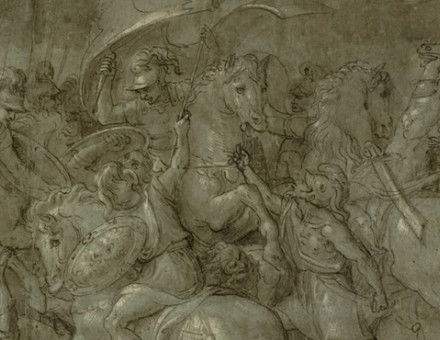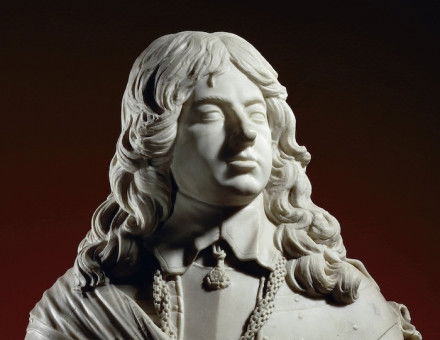Photographing the California Gold Rush
Robert Lewis looks at the historical evidence contained within the daguerreotypes taken during the 1849 Gold Rush.
The California Gold Rush was the first event to be documented extensively by the new medium of photography. When 200,000 eager fortune-seekers arrived on the Pacific coast in 1849-51, with 100,000 more joining them in the next four years, daguerreotypists were there to meet them. However, as historical evidence, the several hundred remarkable images that survive raise formidable problems of interpretation. Most are of people unknown in places unknown at dates unknown by photographers unknown. And the portraits are very deliberately posed for the camera. What do these daguerreotypes reveal about the motivations of the ‘forty-niners’?





